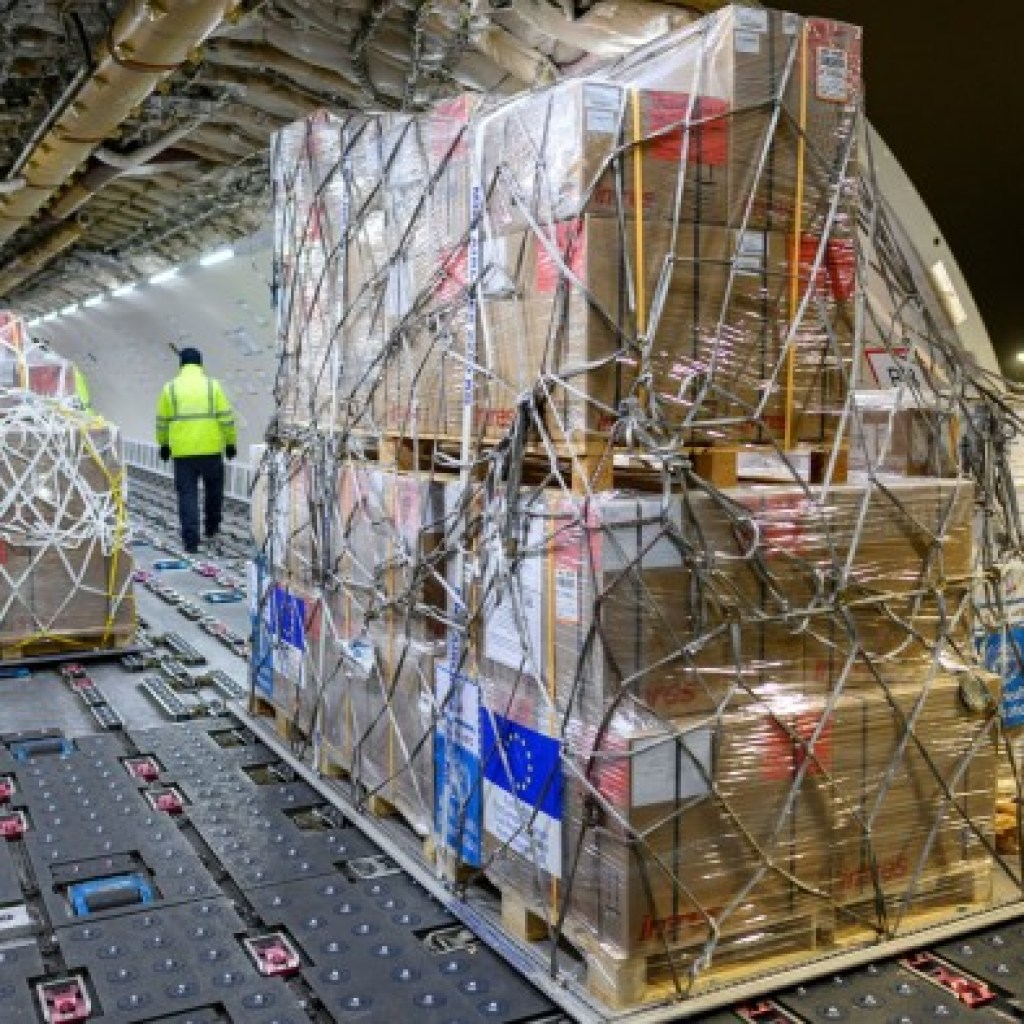India has deployed some of the world’s most advanced digital technologies to solve one of the oldest problems in the world’s largest human population.
Article content
(Bloomberg) — India has deployed some of the world’s latest digital technologies to solve one of the oldest problems in the world’s largest human population.
Article content
Article content
Facial recognition cameras, underwater drones and robotic buoys are among the AI-powered technologies being used to track the safety of nearly 450 million pilgrims, and help track down missing persons, at the six-week religious festival, Maha Kumbh Mela, which It started on January 13th.
In the giant festival city of Prayagraj in northern India, thousands of cameras have been installed to monitor crowds in real time during the once-in-a-decade religious event, which attracts crowds larger than the populations of the United States and Canada combined.
Advertisement 2
Article content
“For the first time, we will use facial recognition and artificial intelligence to locate missing people,” said Rajesh Dwivedi, Maha Kumbh senior police inspector, who is overseeing the use of technology at the festival. “It’s not foolproof,” he said, but the goal is to get “a fairly perfect technique.”
Missing children or elderly people, and even elderly people who have been deliberately abandoned, pose a particularly disturbing challenge in the huge, motley gathering. Bollywood films have long embraced the trope of estranged siblings in the Maha Kumbh finding each other years later, largely recognizing each other by identical birthmarks, or amulets worn around the neck. For decades, organizers have relied on lost-and-found stations and public announcement systems to track missing people, but the success rate of those systems has been erratic.
Artificial intelligence-driven technologies hold the promise of better outcomes, said Dwivedi, who expects the new tools to reunite more families for the Kumbh Mela — which means “festival of the holy pitcher” — Once a relative reports a missing person at any of the designated offices at the festival site, AI tools create digital images of the missing individuals that are then used to scan the crowds via thousands of cameras.
Article content
Advertisement 3
Article content
“Unlike well-lit malls or train stations where facial recognition AI works well, the crowds here will not move in an organized manner,” Dwivedi said. However, more than 250 missing persons were reunited with their families on the first day of the rally, local media reported.
Disaster management
Other technologies used this year to locate people missing in Kumbh include RFID wristbands, which contain details such as emergency contacts and medical records, and a mobile phone app that allows people to share their live locations.
Cameras strategically placed at face level can also help prevent stampedes, by sending real-time notifications to officials about crowd build-ups and mass surges. Deadly stampedes have occurred on numerous occasions: in 1954, a stampede killed large numbers of pilgrims on the event’s main bathing day, while a 2013 stampede at a train station killed dozens.
“Data from the camera network will be processed at the control center which will send risk alerts to officials,” Dwivedi said. He declined to provide more details about facial recognition technology, adding that the same artificial intelligence tools are used to track criminals.
Advertisement 4
Article content
Aside from avoiding mishaps, AI helps deliver a myriad of other services at the festival, from monitoring cleanliness to allocating parking for up to 500,000 vehicles per day. Bengaluru-based startup Krutrim has launched an AI-powered chatbot that can answer visitors’ questions in 11 Indian languages. Artificial intelligence maps made by Alphabet Inc.’s Google show… The sprawling tent city of Prayagraj has navigation routes leading to temporary events and emergency assistance facilities. PhonePe, owned by Walmart Inc., has introduced… Affordable insurance for travelers to cover accidents or emergencies for less than 99 rupees ($1.15).
The use of digital technologies on such a large scale may have some consequences, including an increase in online fraud. There are also concerns that the massive amount of data collected at the event could be misused, including unauthorized hacking.
Uttar Pradesh, the state hosting the religious event, is among the top 10 states with the highest malware detection rates, according to the latest cyber threat report by the Data Security Council of India. Even before the event began, scammers reportedly began using fake websites offering non-existent accommodation services to scam interested participants. To prevent devotees from succumbing to such scams, the state police department has launched an awareness campaign through a short film, featuring Bollywood actor Sanjay Mishra.
Article content

Say Job City in Pakistan for today latest jobs opportunities in private and Govt departments. View all new Government careers collected from daily. sayjobcity.com


